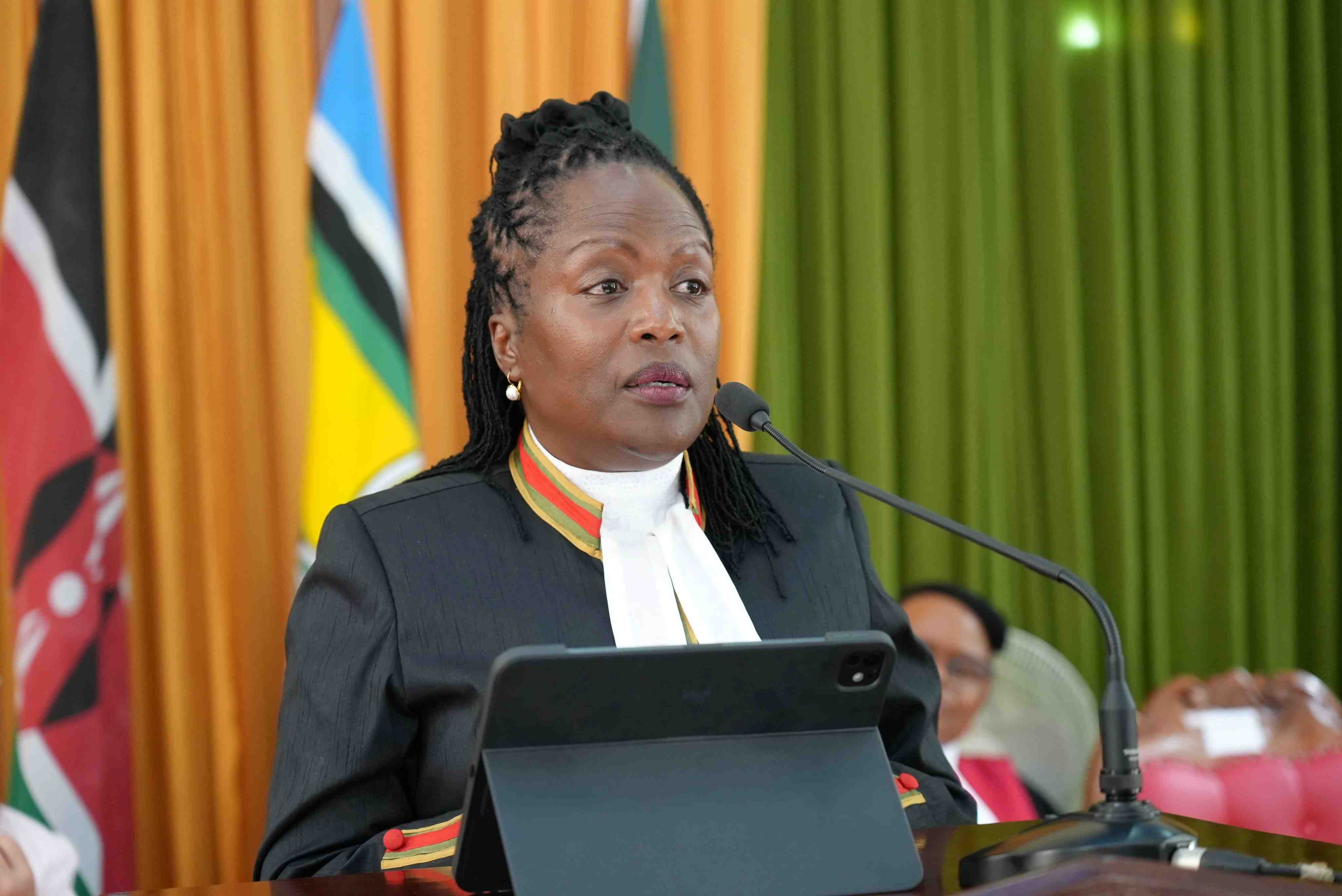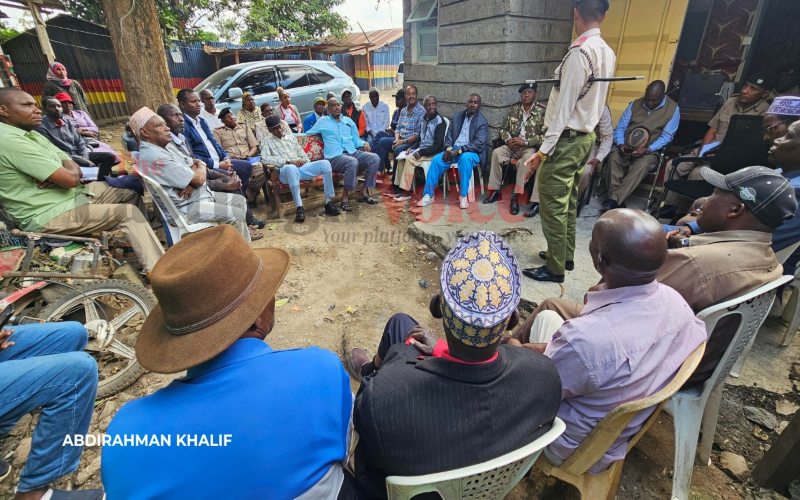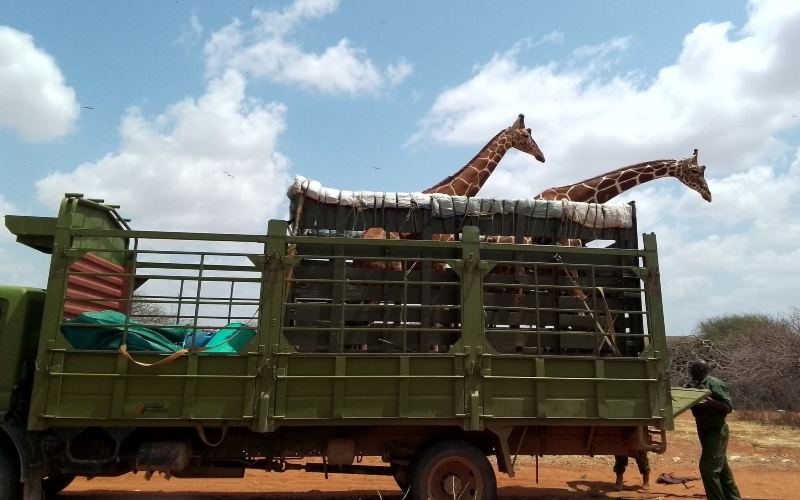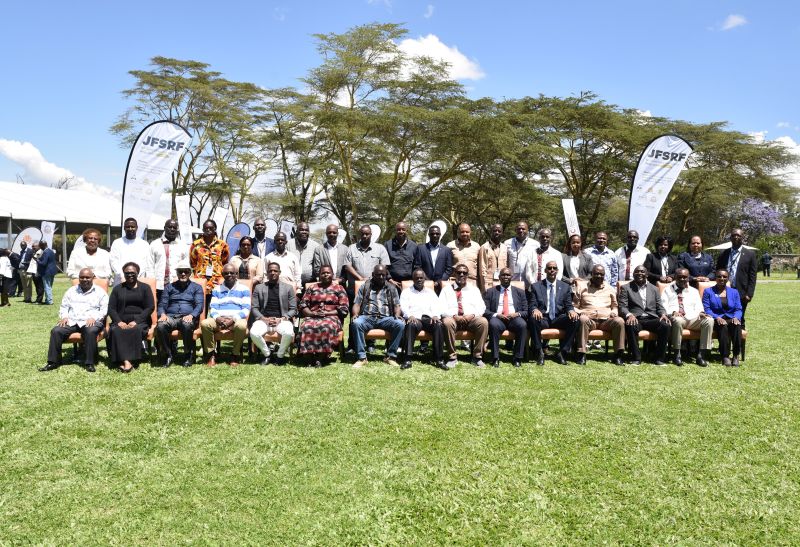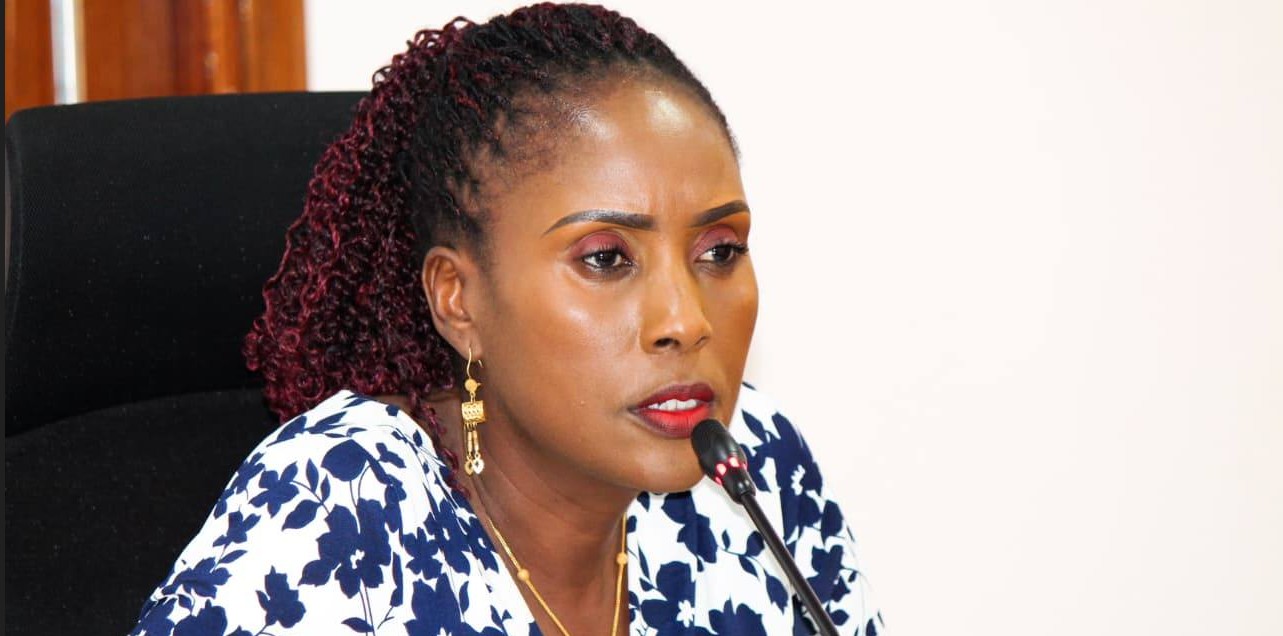New HIV infections in Kenya drop by 83 per cent in 10 years

Health CS Deborah Barasa has said new HIV cases have fallen to 16,752 in 2023, down from 101,560 in 2013.
Kenya has recorded an 83 per cent reduction in new HIV infections over the last decade, according to the Ministry of Health.
Health Cabinet Secretary Deborah Barasa announced that new HIV cases had fallen to 16,752 in 2023, down from 101,560 in 2013, signifying significant progress in the country's fight against the virus.
More To Read
- Tanzanian woman's immune response yields antibody capable of halting most HIV variants
- Zambia approves injectable HIV prevention drug
- Surviving the next pandemic could depend on where you live
- South Africa becomes first African nation to offer twice-yearly HIV prevention shot
- Lenacapavir: A promising breakthrough for HIV prevention in pregnant, breastfeeding women
- Male circumcision is made easier by a clever South African invention - we trained healthcare workers to use it
Speaking on Wednesday during the launch of the World AIDS Day 2024 Half Marathon, Barasa noted a near doubling in the number of Kenyans on antiretroviral therapy, with 1.3 million individuals receiving treatment in 2023.
"Over the past decade, Kenya has achieved an 83 per cent reduction in new HIV infections, from 101,560 in 2013 to 16,752 in 2023," she said.
"Although AIDS-related deaths have declined by 65 per cent, from 58,446 in 2013 to 20,480 in 2023, each life lost reminds us of the work still needed."
The United Nations AIDS (UNAIDS) has commended Kenya’s strides toward meeting the 95-95-95 HIV targets, which aim to ensure that by 2030, 95 per cent of people living with HIV know their status, 95 per cent of those diagnosed receive treatment, and 95 per cent of those on treatment achieve viral suppression.
UNAIDS also lauded the World AIDS Day Half Marathon as a platform to bolster efforts to eliminate AIDS within the next six years.
As part of the 2024 World AIDS Day activities, the National Syndemic Diseases Control Council (NSDCC) has announced that commemoration events will be held across Kenya’s 47 counties.
These events will focus on enhancing the health and well-being of men and boys.
"The event will address the triple threat of new HIV infections, mistimed pregnancies, and sexual and gender-based violence among adolescents and young people," NSDCC said.
The 95-95-95 HIV targets, adopted by United Nations member states in June 2021, are part of a broader goal to close treatment gaps among all age groups, regions, and sub-populations and to advance prevention measures and supportive services.
Speaking during a summit in New York, President William Ruto told UNAIDS that new HIV infections in Kenya occur mainly in persons below the age of 34 years.
He noted that despite a 65 per cent reduction in AIDS-related deaths since 2013, the incidence rate remained at 0.39 per 1,000 people in 2023.
“The epidemic continues to disproportionately affect vulnerable groups, including women, girls, adolescents, and key populations, exacerbated by healthcare inequities, stigma, and discrimination,” he said.
He said the situation highlights the urgency of scaling up multilateral interventions to address the vulnerabilities faced by the groups.
Ruto said the most vulnerable people are women, girls and adolescents.
But he noted that Kenya was close to achieving epidemic control, having met the 95-95-95 global targets, saying 95 per cent of people know their HIV status.
The President added that 100 per cent of those diagnosed are receiving treatment, and 97 per cent of those on treatment have achieved viral suppression.
Top Stories Today
